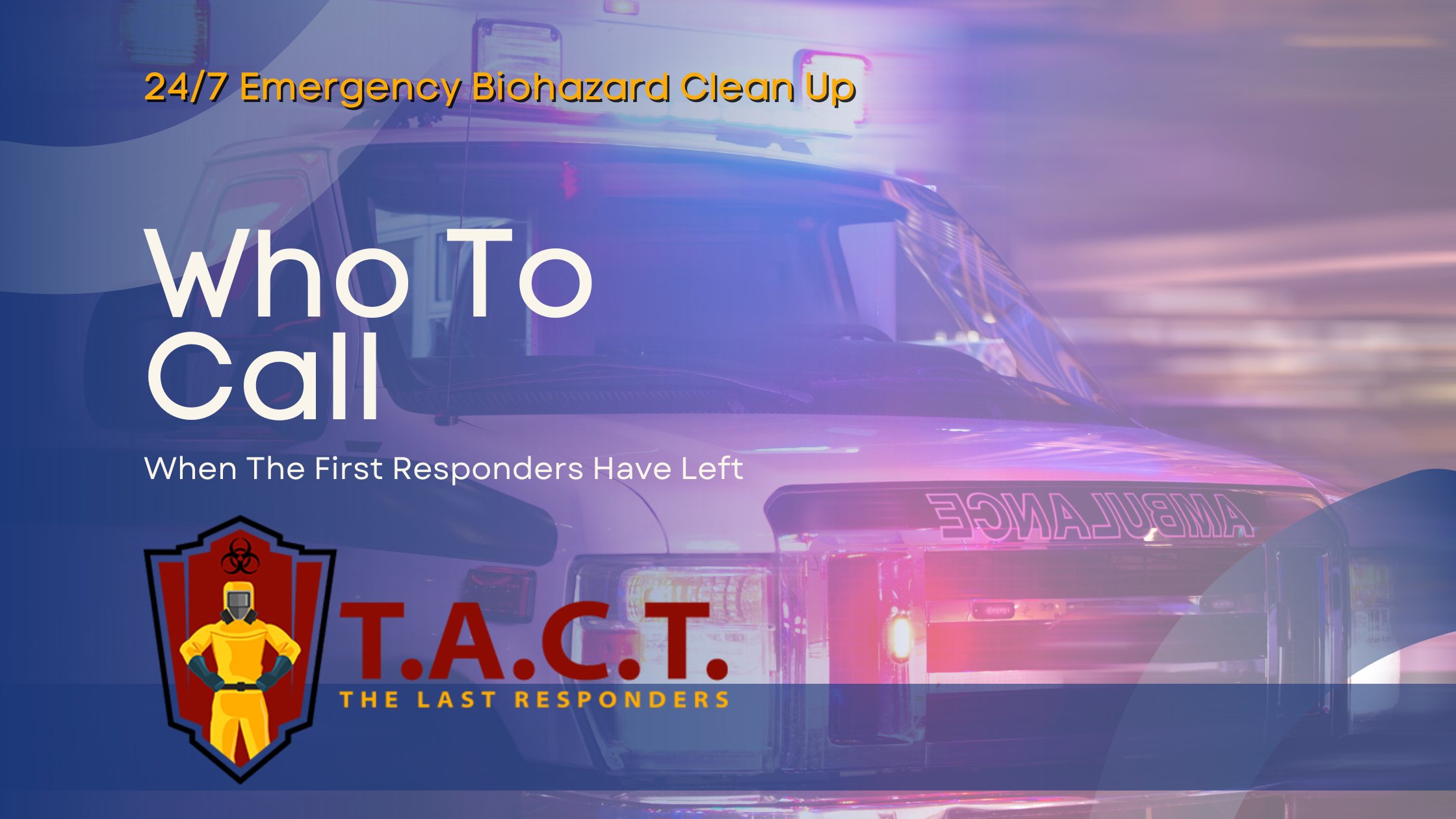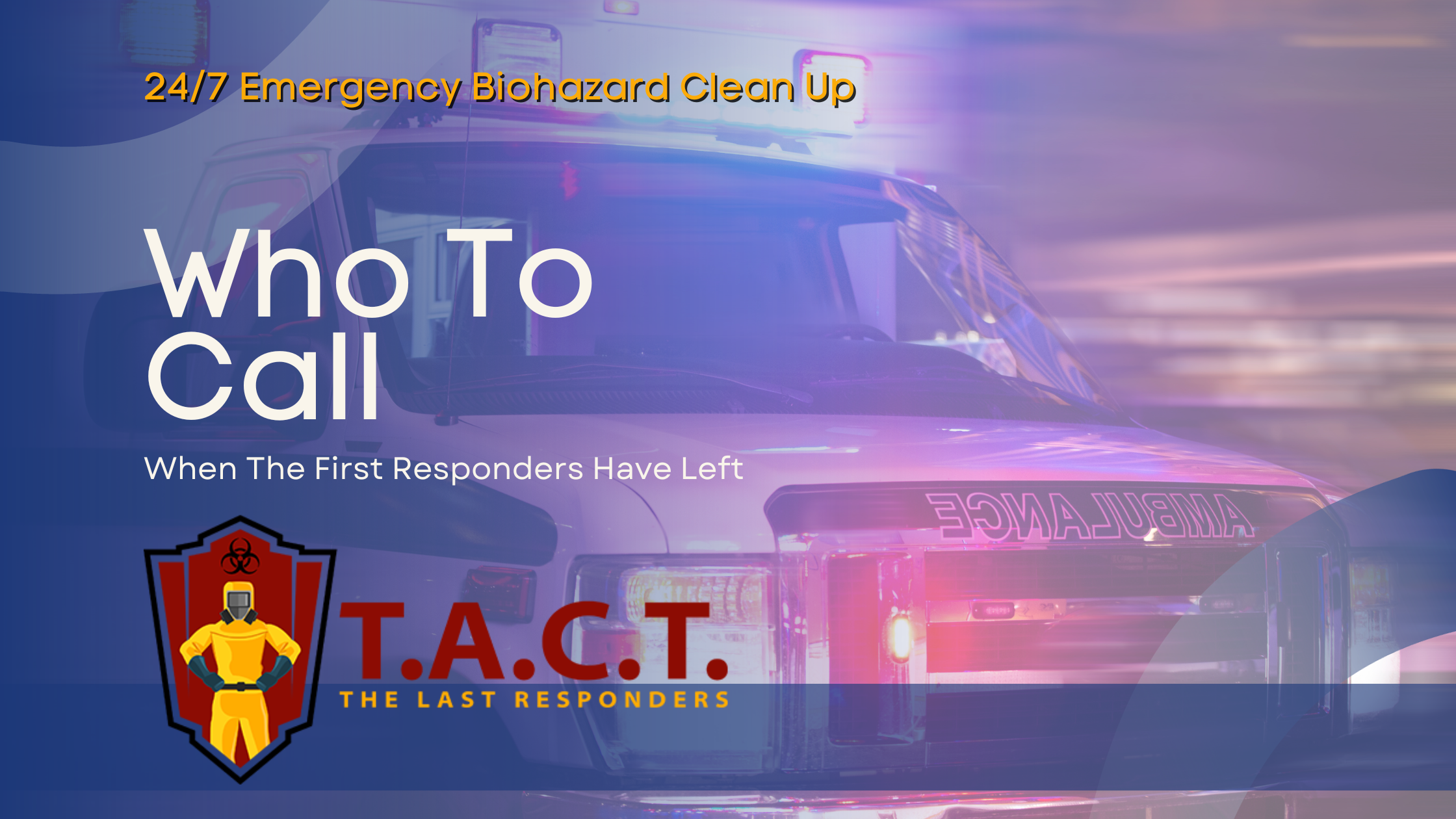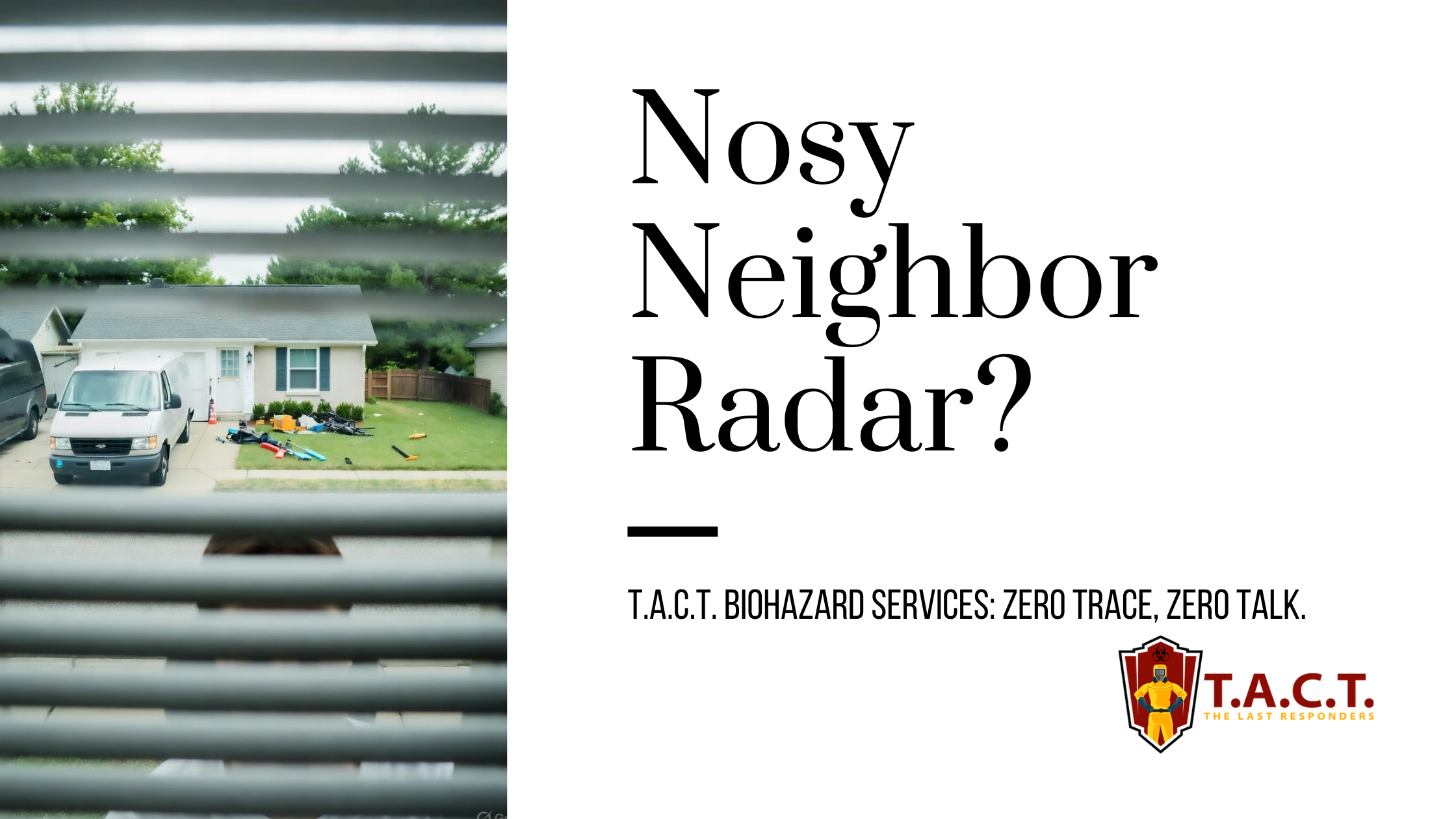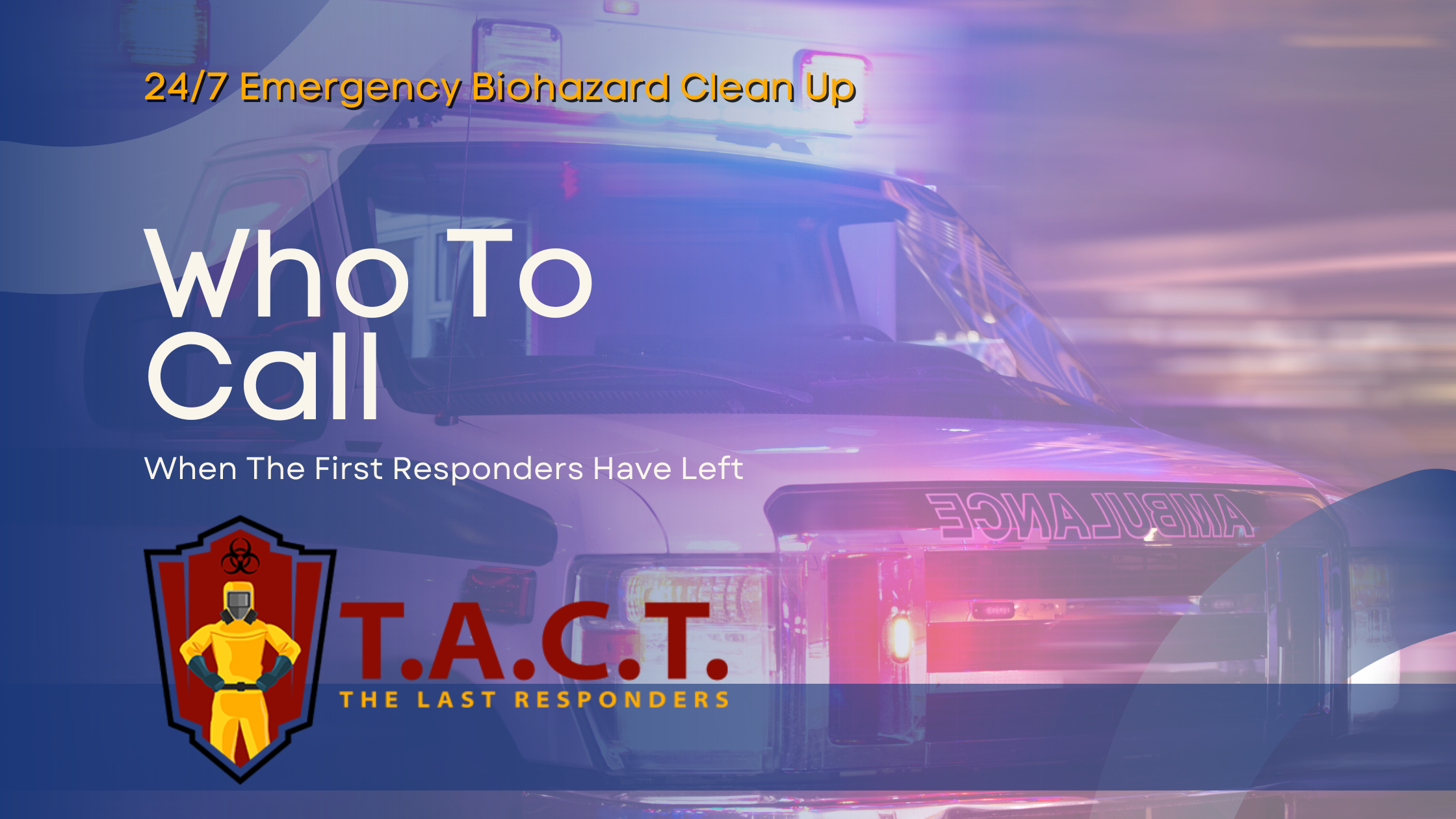How cigarette smoke damage to house

How Cigarette Smoke Damage to House Affects Your Health and Property
Cigarette smoke damage to a house can decrease property value and pose health risks. It leads to discoloration, persistent odors, and harmful residues associated with cigarette smoke damage to a house. This article covers how to identify cigarette smoke damage to a house, its health implications, and ways to remove and prevent it.
Key Takeaways
Cigarette smoke damage leads to persistent discoloration, odors, and residues on surfaces, significantly impacting indoor air quality and property value.
Both secondhand and thirdhand smoke pose serious health risks, especially for children, requiring complete smoking bans in homes to ensure safety.
Cigarette smoke damage incurs substantial financial costs for property owners, including reduced property value and expensive cleaning services, highlighting the importance of preventive measures.
Recognizing Signs of Cigarette Smoke Damage

Cigarette smoke damage is often more than skin deep. One of the most noticeable signs is discoloration. Walls, ceilings, and even furniture can take on a yellowish-brown tint, a telltale sign of nicotine and tar buildup. This discoloration can be particularly stubborn, requiring more than just a simple wipe-down to remove.
Persistent smoke odors are another clear indicator. The smell of cigarette smoke and cigarette smell can cling to carpets, curtains, and upholstery, making it challenging to eliminate. This is not just an issue of unpleasant smells; it affects indoor air quality and can significantly lower the property’s value.
Residues from tobacco smoke cling to various surfaces, creating a sticky film that attracts dust and dirt, making cleaning an ongoing battle. Identifying these factors helps maintain a healthy living environment and address the issue of carcinogens before it escalates through tobacco research.
Health Risks from Secondhand and Thirdhand Smoke

The health risks associated with cigarette smoke are well-documented. Secondhand smoke, the smoke that is exhaled by a smoker or released from the burning end of a cigarette, poses numerous health effects. Exposure to secondhand smoke can lead to respiratory problems, heart disease, and even cancer. The dangers are particularly severe for children and individuals with pre-existing health problems, as they are often exposed to these harmful substances, leading to many health problems.
Thirdhand cigarette smoke is an often-overlooked aspect of tobacco smoke exposure for nonsmokers. This refers to the residual nicotine and other chemicals that linger on surfaces long after the cigarette has been extinguished. These toxins can pose health risks, especially to babies and young children who are more likely to come into contact with contaminated surfaces. The presence of thirdhand smoke is not just about the lingering odor; it’s about the harmful chemicals that remain in the environment, leading to involuntary exposure and long term exposure.
Complete smoking bans in homes are more effective in safeguarding health than partial restrictions that allow smoking in certain areas. Smoke-free homes significantly reduce exposure to secondhand smoke for both adults and children, protecting vulnerable individuals such as those with asthma or heart disease.
How Cigarette Smoke Affects Indoor Surfaces

Cigarette smoke wreaks havoc on indoor surfaces, leaving behind a trail of damage that’s hard to miss. The harmful substances in cigarette smoke can settle on walls, floors, and furniture, creating a sticky residue that’s challenging to remove. This residue, known as thirdhand smoke, can remain on surfaces for months, continually posing health risks to anyone who comes into contact with them, especially if smoked indoors.
Materials like carpets and upholstered furniture are particularly susceptible to absorbing smoke residue. The toxins in cigarette smoke can linger for extended periods, making them difficult to eliminate completely. Improved ventilation alone is not enough to get rid of thirdhand smoke; it requires a more comprehensive approach to remove the pollutants and fully address the factors affecting exposure.
Financial Impact of Cigarette Smoke Damage

The financial implications of cigarette smoke damage are substantial and include:
Diminished property values
Lost rental income
Increased complaints from tenants
Significant costs of cleaning and restoration after smoke damage, which can lead to further damage.
Understanding these financial impacts is crucial for property owners and landlords to determine proactive measures against smoke damage to some extent.
Decreased Property Value
Cigarette smoke damage can significantly reduce property value, sometimes by as much as 35-40%. This reduction is mainly due to the health concerns associated with properties that have been smoked in. Potential buyers or renters are often wary of properties with a history of indoor smoking, leading to a notable decrease in market demand.
For property manager, this can translate into longer vacancy periods and lower rental income. The stigma attached to properties that have allowed smoking can be challenging to overcome, making it essential to address smoke damage promptly and thoroughly to retain property value.
Cleaning and Restoration Expenses
The cost of cleaning and restoring a property after cigarette smoke damage can be substantial. Professional smoke removal services can range from $500 to $2,000, depending on the severity of the damage. These services are often necessary to fully eliminate smoke residue and odors, as common household cleaning methods are typically ineffective against the sticky nature of thirdhand smoke.
Landlords should ensure that a security deposit can cover the costs associated with cleaning, repainting, or replacing items that have been damaged by smoke. It serves as a financial safeguard for these potential expenses. However, the restoration process can still be a significant financial burden, emphasizing the importance of preventive measures.
Effective Methods for Removing Cigarette Smoke Odor

Removing cigarette smoke odor from a home is no small feat. Both professional and DIY methods can be employed to tackle this issue. Professional cleaning services often use specialized equipment like ozone generators to eliminate stubborn smoke odors.
On the other hand, DIY techniques involve thorough cleaning of affected surfaces that have been cleaned with odor-neutralizing products.
Professional Cleaning Services
Hiring professional cleaners is often the most effective way to restore indoor quality after cigarette smoke damage. These services utilize specialized techniques and equipment, such as ozone treatments, to thoroughly eliminate smoke odor that DIY methods may not fully address. Professional cleaning can be expensive, but it ensures that the indoor environment is clean and healthy.
Engaging professional cleaners not only clears smoke damage but also helps maintain a healthy living environment. This can be particularly important for property managers looking to retain or increase property value.
DIY Smoke Odor Removal Techniques
DIY smoke odor removal techniques can be quite effective for those who prefer a hands-on approach. One common method involves a mix of vinegar and water to clean surfaces. Vinegar acts as a natural deodorizer to eliminate smoke residue and neutralize odors.
Using baking soda is another effective DIY technique. This natural deodorizer can be sprinkled on carpets or applied as a paste on walls and surfaces to absorb persistent smoke smells.
These methods offer homeowners a cost-effective way to address and reduce smoke odors in their living spaces.
Preventing Future Smoke Damage
Preventing future smoke damage starts with implementing strict no-smoking policies. Landlords can enforce these policies to protect their properties and the health of their tenants. Smokers have no legal protections under the Fair Housing Act, making it easier for landlords to implement and enforce these policies.
Regular inspections can help identify signs of cigarette smoke damage early, allowing for timely interventions. Additionally, ventilating the home by opening windows and using fans can help reduce lingering smoke odors, although this is not a foolproof solution.
Legal Considerations for Landlords
Landlords face significant legal and financial risks when dealing with cigarette smoke damage, including:
Lost rental income
Diminished property value
Substantial cleaning and restoration costs
Potential lawsuits from tenants with health issues related to secondhand smoke exposure.
Penalties for non-compliance with smoke-free housing regulations can include fines. It’s crucial for landlords to enforce smoking policies and document violations, which can lead to eviction if necessary.
Protecting Your Home and Health
Establishing a smoke-free environment is a critical step in protecting your home and health. Benefits include:
Reducing the risk of smoke damage
Sending a strong message that smoking is not acceptable, potentially discouraging smoking habits among teenagers
Smokers in smoke-free homes tend to smoke fewer cigarettes daily
Smokers are more likely to maintain their cessation efforts
Implementing and enforcing no-smoking policies allows homeowners and landlords to protect their house properties and ensure a healthier living environment for all occupants, including any smoking resident. Regular inspections and the use of air purifiers can further help maintain indoor space air quality and reduce the presence of harmful toxins, which is supported by environmental research.
Summary
Cigarette smoke damage is a multifaceted issue that affects both health and property. Recognizing the signs of smoke damage, understanding the health risks, and being aware of the financial implications are crucial steps in managing this problem. Effective cleaning methods and preventive measures can help mitigate the damage and maintain a healthy living environment.
Taking proactive steps to prevent cigarette smoke damage can protect your home and health in the long run. By enforcing no-smoking policies and utilizing professional cleaning services when necessary, homeowners and landlords can ensure a safer, cleaner, and more valuable property. Don’t wait until the damage is done; act now to protect your investment and well-being.
Frequently Asked Questions
How long does thirdhand smoke stay in a house?
Thirdhand smoke can remain in a house for many months, clinging to surfaces and materials like furniture, carpets, and walls. It's important to address these residues to create a healthier environment.
What are the common signs of cigarette smoke damage?
Cigarette smoke damage is commonly indicated by discoloration of walls and furnishings, persistent odors, and residue build-up on surfaces. Addressing these issues promptly can help mitigate further damage.
What health risks are associated with secondhand and thirdhand smoke?
Secondhand and thirdhand smoke pose significant health risks, including respiratory issues, heart disease, and an increased risk of cancer, particularly affecting children. It's crucial to minimize exposure to protect your health and that of others.
How does cigarette smoke affect indoor surfaces?
Cigarette smoke deposits a sticky residue on indoor surfaces that can persist for months, posing significant health risks. It's important to address this accumulation to maintain a healthy environment.
What are the financial impacts of cigarette smoke damage?
Cigarette smoke damage significantly decreases property value, leads to lost rental income, and incurs substantial cleaning and restoration expenses. Understanding these financial consequences is crucial for property owners and landlords.
Latest news

Bio Cleaning Services
Read More
Nosy neighbors peeking? T.A.C.T. North Atlanta offers discreet biohazard remediation for rodent infestations, mold, hoarding, and more. Unmarked vehicles, quiet experts, full privacy—24/7 service at 470-781-4775.
Read More
